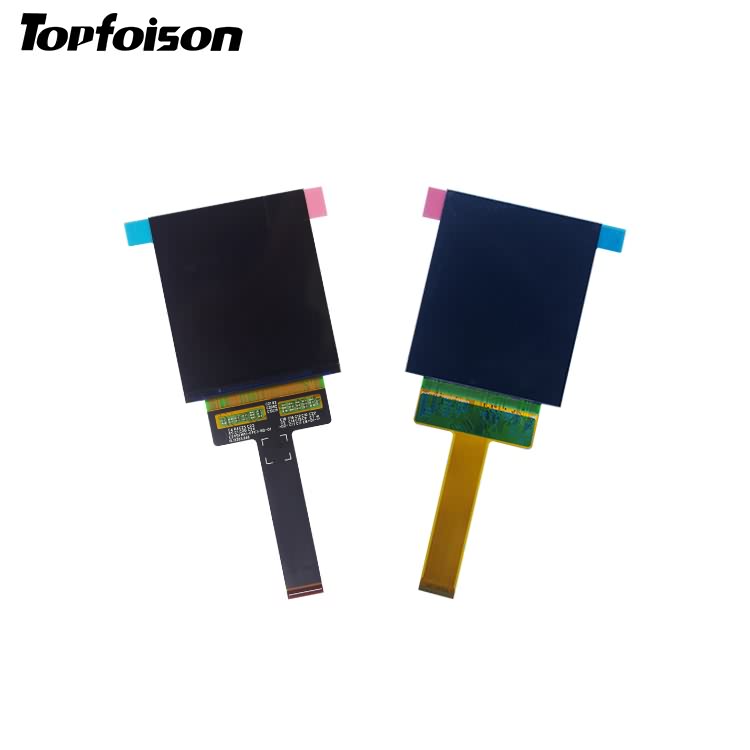It is reported that as more top smartphone manufacturers begin to deploy OLED screens, it is expected that this self-illuminating (OLED) display will surpass traditional LCD displays in terms of adoption rate next year.
The penetration rate of OLED in the smart phone market has been on the rise, and has now risen from 40.8% in 2016 to 45.7% in 2018. The number is expected to reach 50.7% in 2019, equivalent to $20.7 billion in total revenue, while the popularity of TFT-LCD (the most commonly used smartphone LCD type) may reach 49.3%, or $20.1 billion in total revenue. This momentum will continue in the next few years, and by 2025, the penetration of OLEDs is expected to reach 73%.

The explosive growth of the smartphone OLED display market is mainly due to its superior image resolution, light weight, slim design and flexibility.
Since the US technology giant Apple first used OLED screens on its high-end flagship iPhone X smartphone about a year ago, global smartphone manufacturers, especially smartphone makers from China, have launched smart phones with OLEDs. Mobile phone.
And recently, the industry’s demand for larger and wider screens will also accelerate the transition from LCD to OLED, which allows for more flexible design choices. More smartphones will be equipped with an aspect ratio of 18.5:9 or higher, while mobile device displays that account for 90% or more of the front panel are expected to become mainstream.
Among the companies that have benefited from the rise of OLEDs, they include Samsung and are also the dominant players in the smartphone OLED market. Most of the world’s smart phone OLED displays, whether rigid or flexible, are manufactured by Samsung Electronics’ display manufacturing branch of the technology giant. Since the first mass production of smartphone OLED screens in 2007, the company has been at the forefront. Samsung currently has a 95.4% share of the global smartphone OLED market, while its share of the flexible OLED market is as high as 97.4%.
Post time: Jan-22-2019
